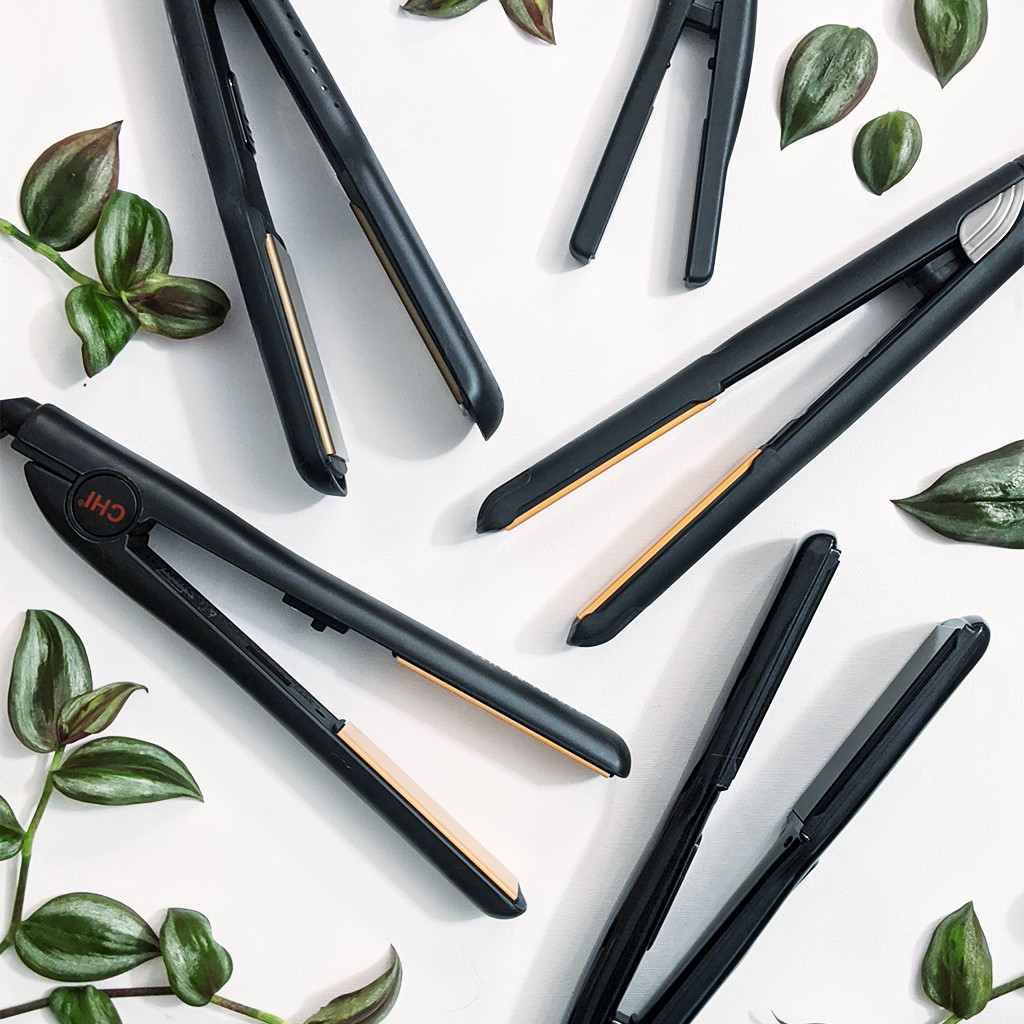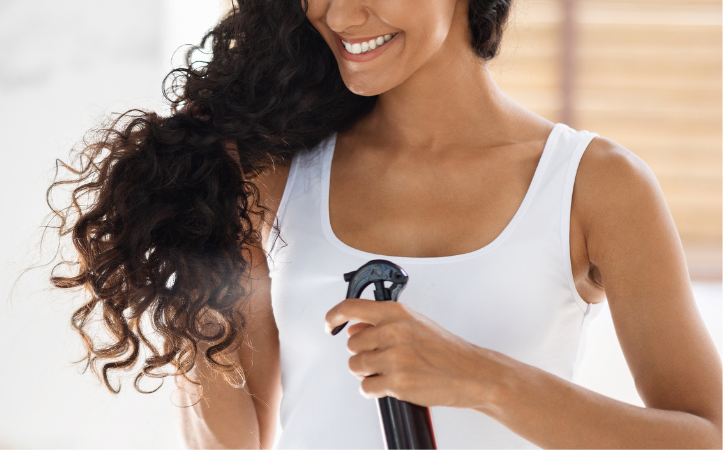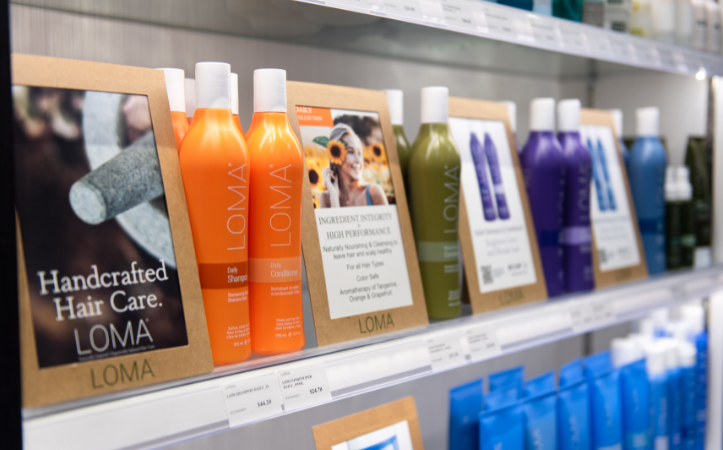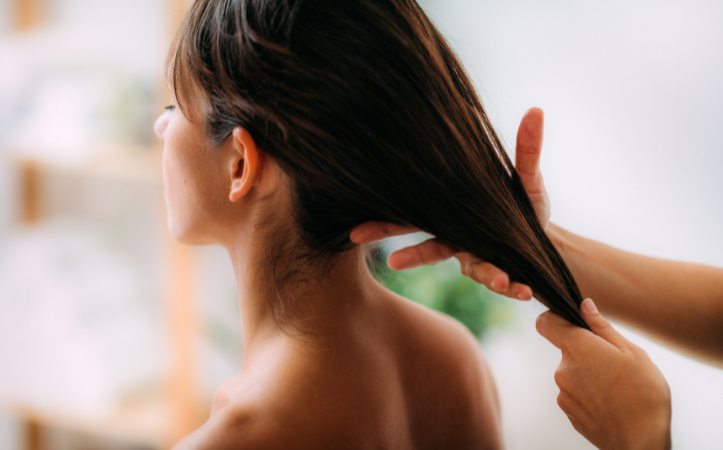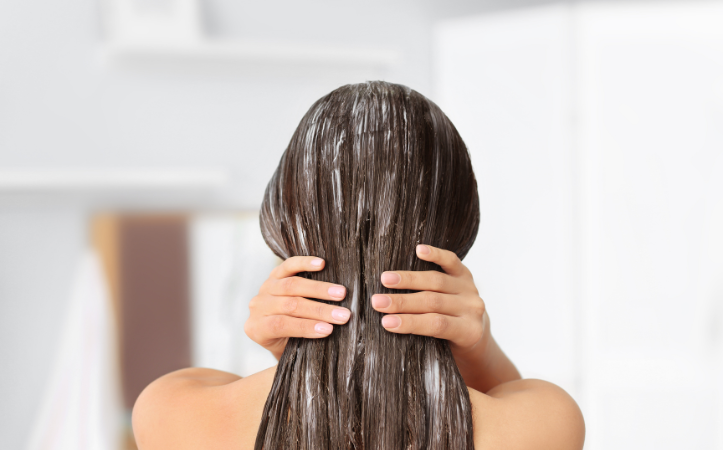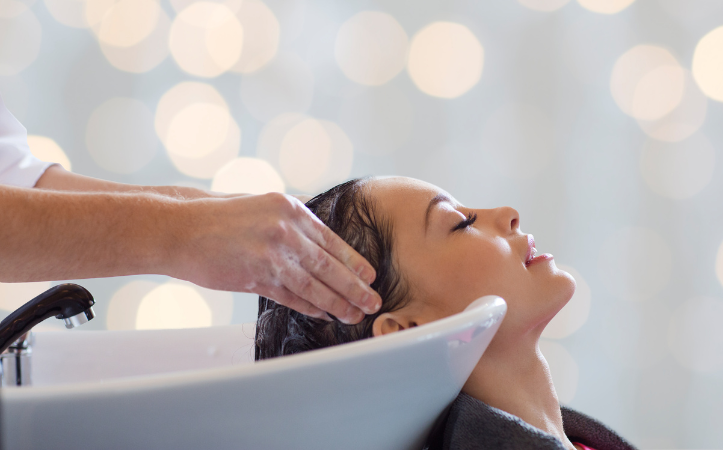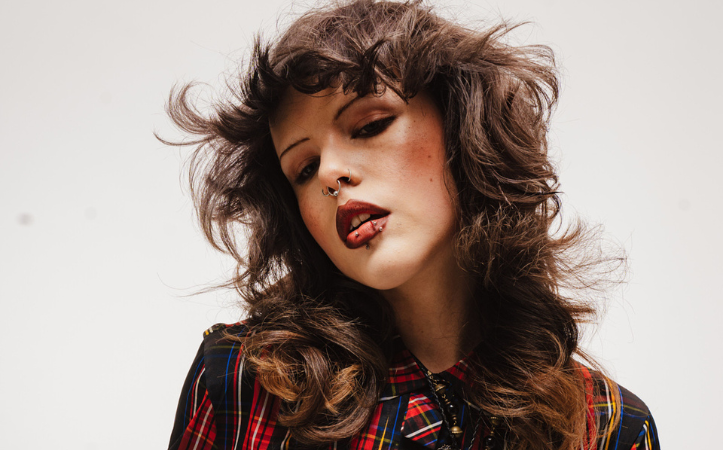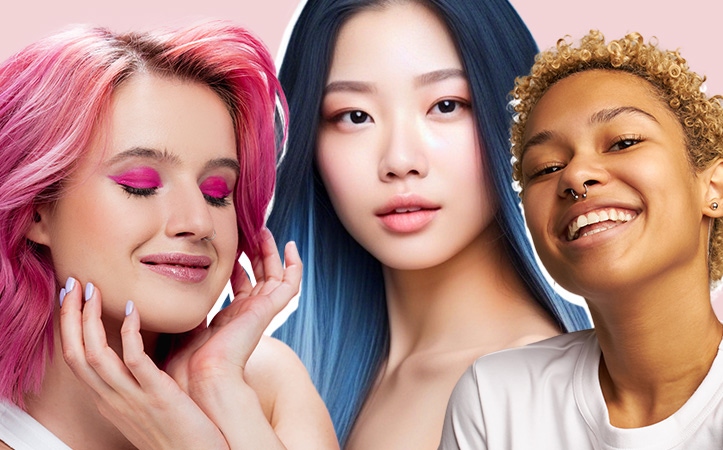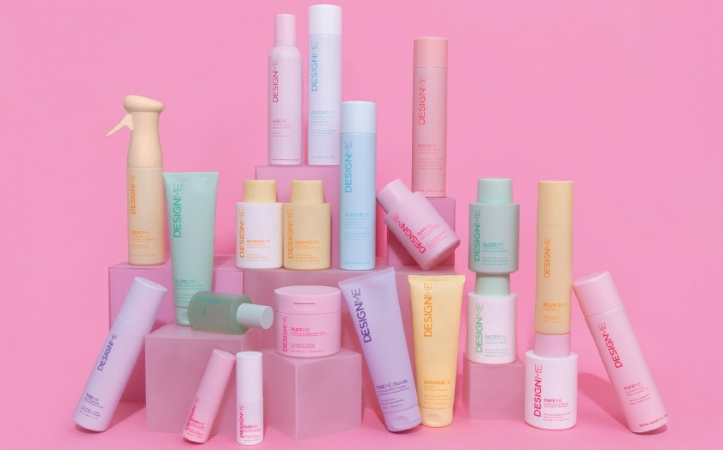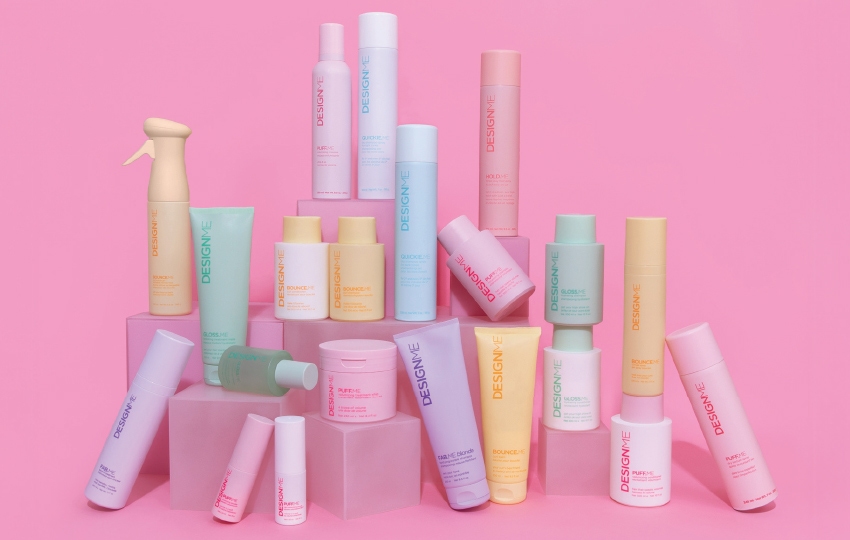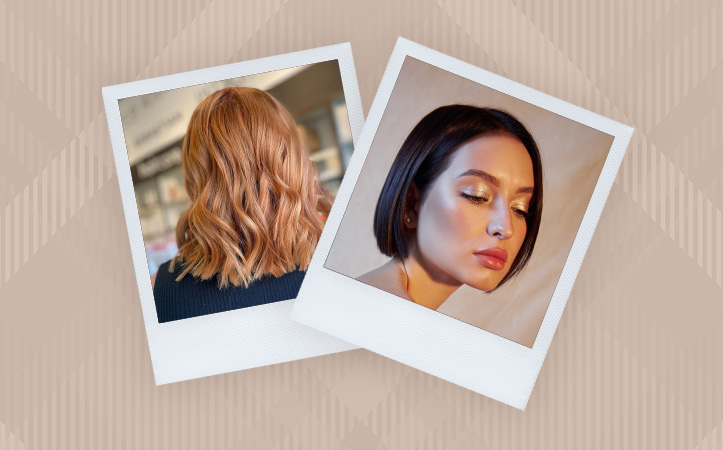|
If you have been looking to buy a flat iron, you know there are many options on the market. Ceramic? Titanium? Tourmaline? Floating plates? Far infrared technology? With so many options, how do you know which features are best for you? Take a deep breath. I’m here to help you choose your new favourite flat iron! You will learn how to choose the flat iron just for you.
First, determine your needs. Do you have fine or damaged hair? Thick, coarse or curly? What styles are you looking to achieve? Will you only use your flat iron to straighten your hair? Will you be using it to create curls? Or would you like the freedom to create multiple styles?
Now, let's take a closer look at the features best suited to your hair type and desired style.
|
Temperature
Look for hair straighteners with adjustable heat settings so you can cater to your hair type. Fine, fragile or damaged hair prefers lower temperatures. Coarse, thick or curly hair demands higher temperatures. Even heat is crucial for all hair types to avoid hot spots (which can scorch) and cool spots (which will result in multiple passes needed to achieve your style). Many irons feature sensors to ensure heat is even and consistent. The material use to make the flat iron plates is also important for maintaining even and consistent heat. Watch out for inexpensive metal plates, which are prone to scorching strands. Stick with ceramic, tourmaline or titanium (we’ll talk more about materials later). Try to stay within the recommended temperature range for your hair type, and definitely don’t exceed 420°F!
We recommend:
-
Fine, chemically treated hair or damaged hair: 300° or less
-
Healthy or medium textured hair: 300-380°
-
Coarse, curly or thick hair: 350-400°
|
Hot tip! Finding the right temperature for your hair type can be difficult, but worth it! When temperatures are too low you may need to make multiple passes which can result in damage. Temperatures that are too high can also cause damage. The right temperature will be just high enough to style with one pass and low enough to minimize damage.
|
Plate Material
-
Titanium irons heat up quickly and are capable of holding very high heat consistently. They are resistant to tarnish and rust, which means snag-free styling so long as you care for the plates and keep them clean of styling products. Because titanium plates tend to be solid, rather than coated, they tend to last longer than ceramic or tourmaline. Sounds like the best option right? Keep in mind they tend to be pricier, but due to their longevity they make a great choice. Their capacity to reach high temperatures makes them best for thick, curly or coarse hair. One to try: CHI G2 Ceramic Titanium Flat Iron
-
Ceramic irons are usually less pricey, but just as effective for most hair types. With even heat and smooth plates, ceramic is a popular choice. Some irons have ceramic-coated plates, which can wear down and result in uneven heat over time, so take into consideration the cost vs the durability. Overall ceramic is a good choice for fine or normal hair types. One exception to this rule is the Kenneth Bernard Vibe iron, which is a ceramic iron but works well on every hair type including coarse, curly hair. How is this possible? The Vibe has vibrating plates to ensure even contact with every strand, which can smooth even unruly hair at lower temperatures.
-
Tourmaline plates generate negative ions which help to calm frizz and seal the hair’s cuticle. This ionic effect means hair can be straightened with fewer passes and lower temperatures. Tourmaline is a coating made from ground gemstones, so it can also wear over time similar to ceramic plates. If your hair tends to be frizzy tourmaline is your best pick to achieve a nice smooth result. One to try: AG Hair Midnight Heat 1" Flat Iron
-
Silver is not regularly used on its own and is usually used in combination with other materials. It has a sanitizing effect, so is a useful additive to keep germs at bay, especially if you often share your flat iron with someone else. One to try: Avanti Ultra Nano-Silver Flat Iron
|
Plate Shape and Size
-
Plates come in an array of shapes and sizes to suit your hair length and the style you want to achieve! Rounded plates are a more versatile option. They are capable of creating straight sleek styles, as well as curls and flips without creasing or kinking. Shop our top rounded pick here! Square-edged plates are great for straight styles but can be trickier to use when curling or making waves. Shop our top square-edged pick here!
|
 |
- 2" wide plates: best for long hair to create straight, smooth styles. They reduce the number of passes needed to smooth thick, coarse hair. One to try:
- 1" wide plates: Good for most hair lengths. They are easier to create versatile looks, from straight to curly. One to try: The Kenneth Bernard Vibe 1" Flat Iron
- Extra long plates: Good for long hair to create smooth or curly styles. They allow larger sections of hair to pass through at a time. One to try: Hot Tools Digital 1" Salon Flat Iron with Extra Long Plates
|
Technology:
There are a lot of "techy" terms to describe an iron's features. Let’s break them down!
Far Infrared - uses radiant heat to heat strands from the inside out, resulting in less damage to your cuticle on the surface.
Zone Sensors - sensors to ensure heat is even at all times, which helps to avoid hot and cold spots. Irons tend to feature dual or tri-zone sensors.
Floating Plates - gives the plates some flexibility to adjust their angle to grip hair properly. This allows for better contact with your hair to heat each section more evenly as it glides through the plates.
A few extra features to watch that make styling with a flat iron easier include:
|
Now you know how to choose the best flat iron, just for you! There are loads of choices, shop flat irons now!
|
|

|



